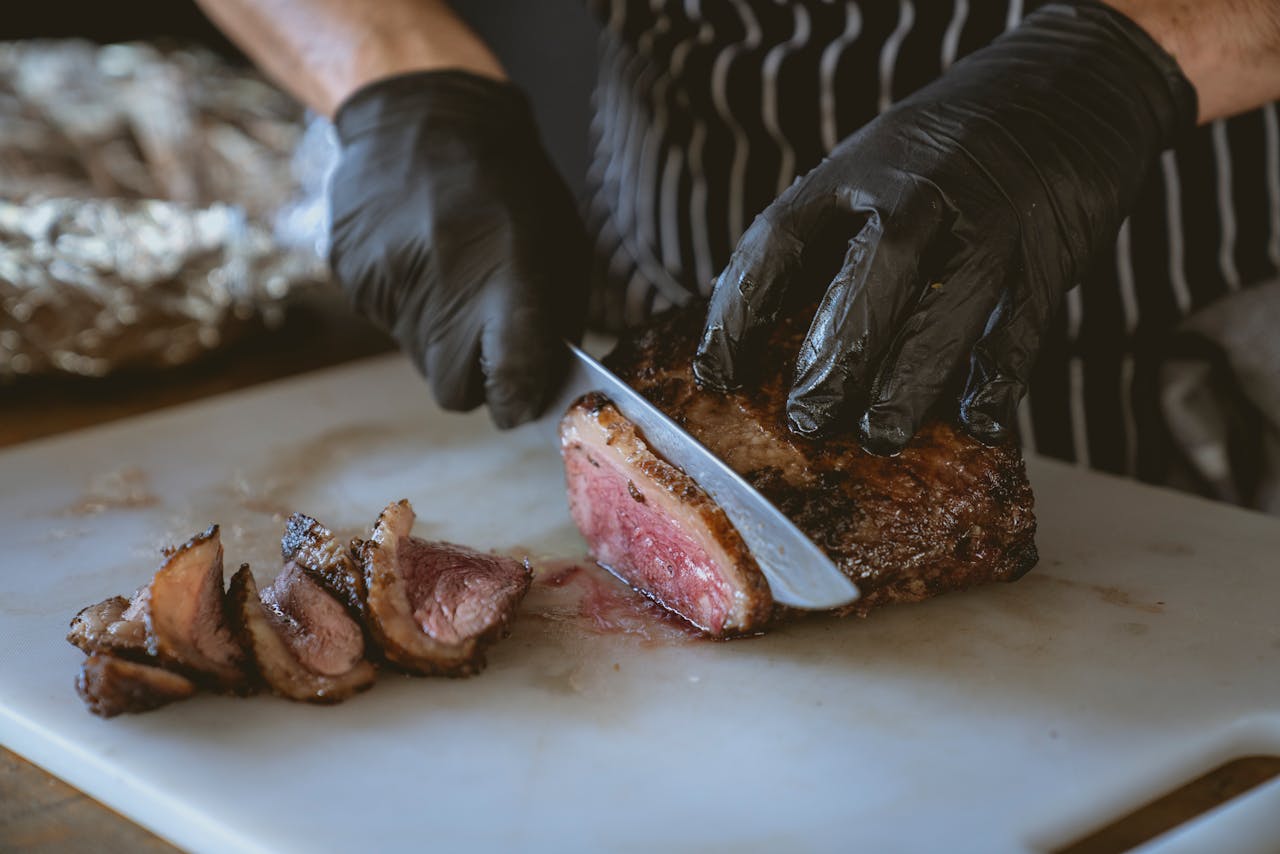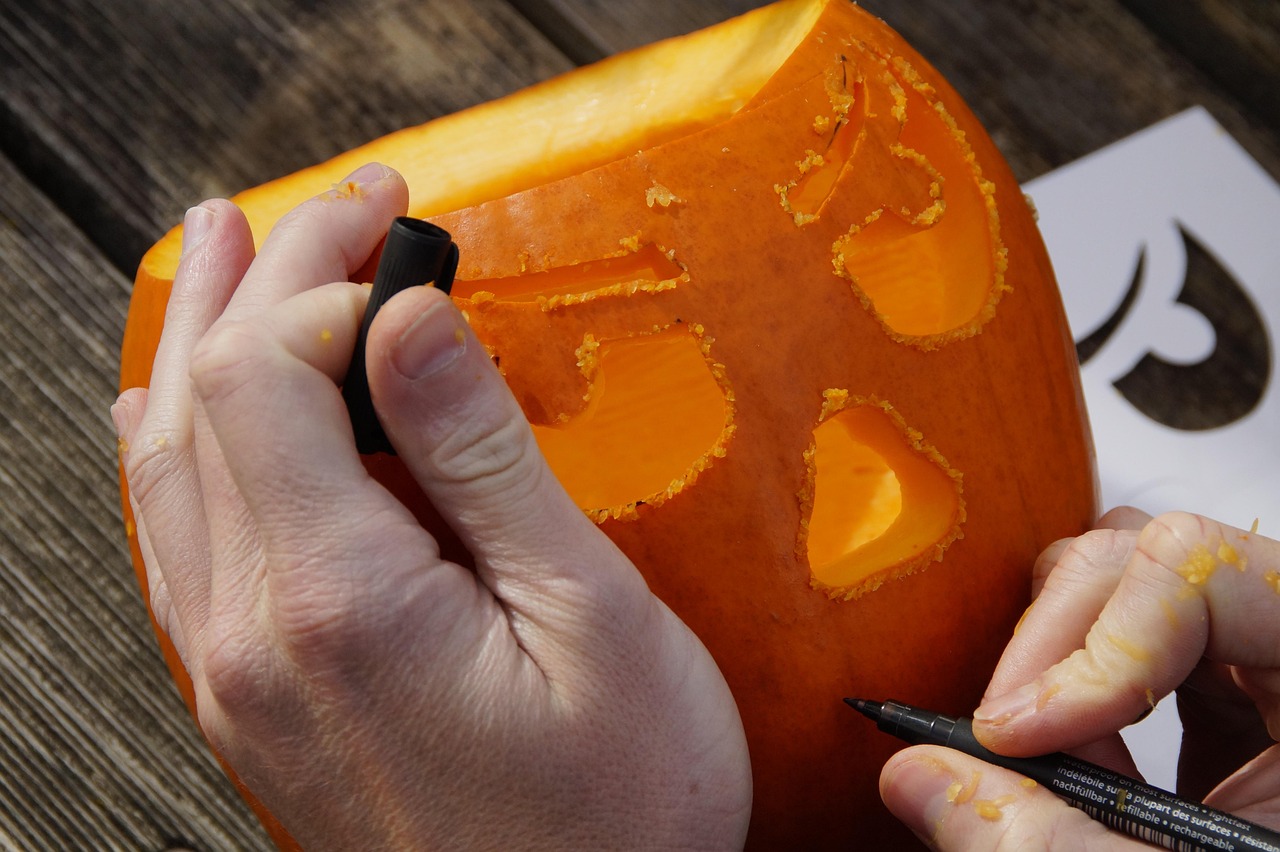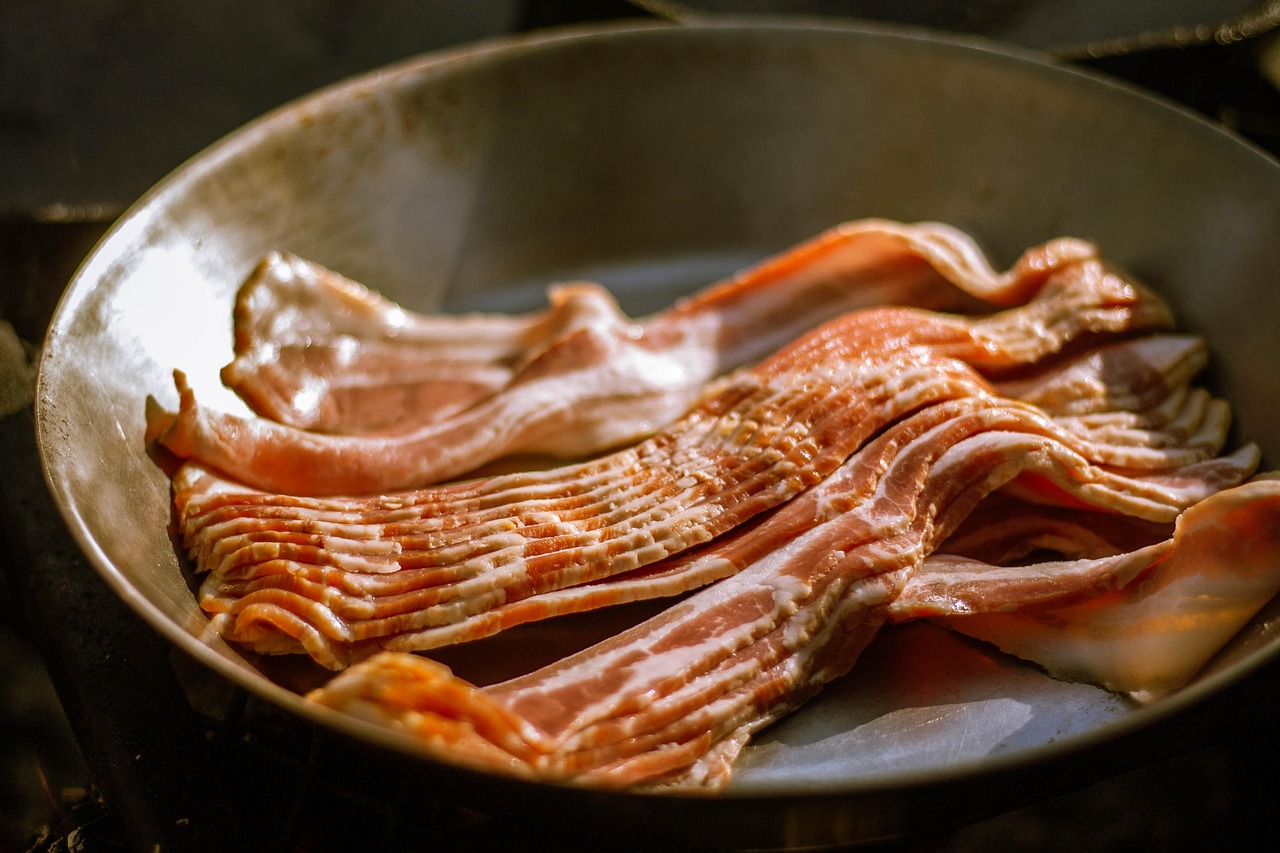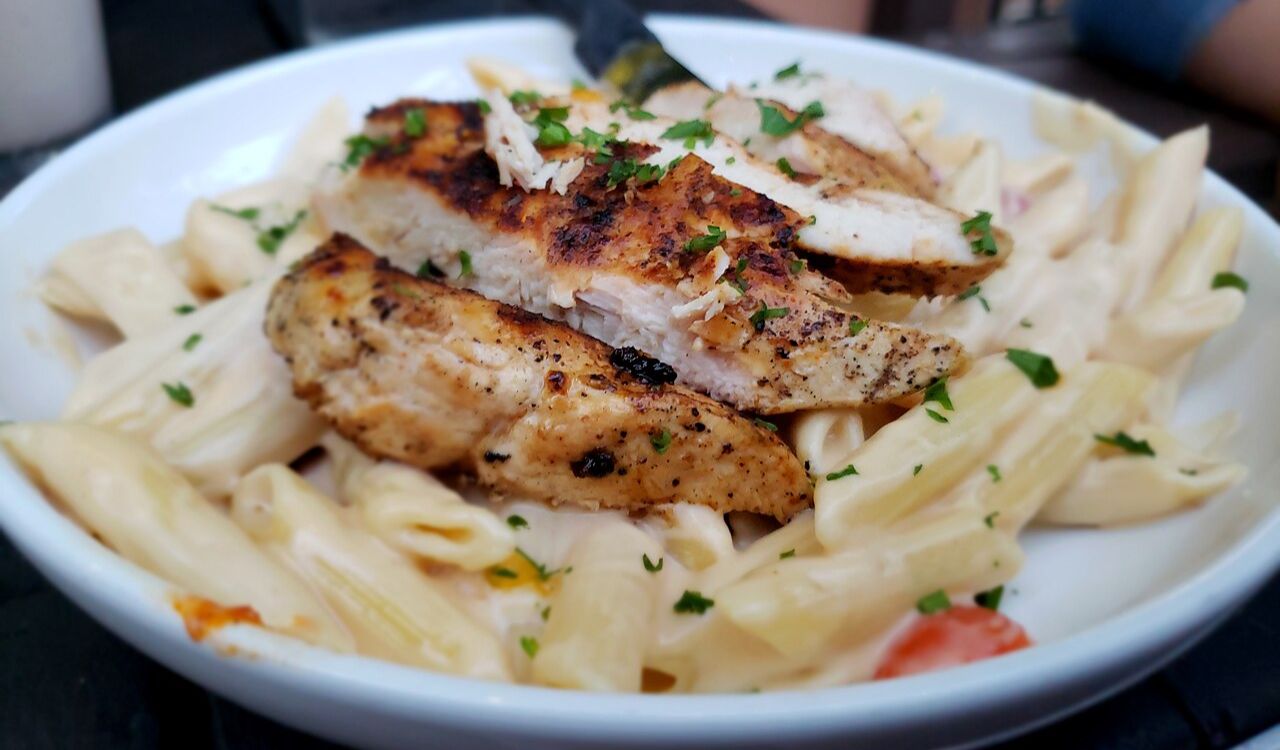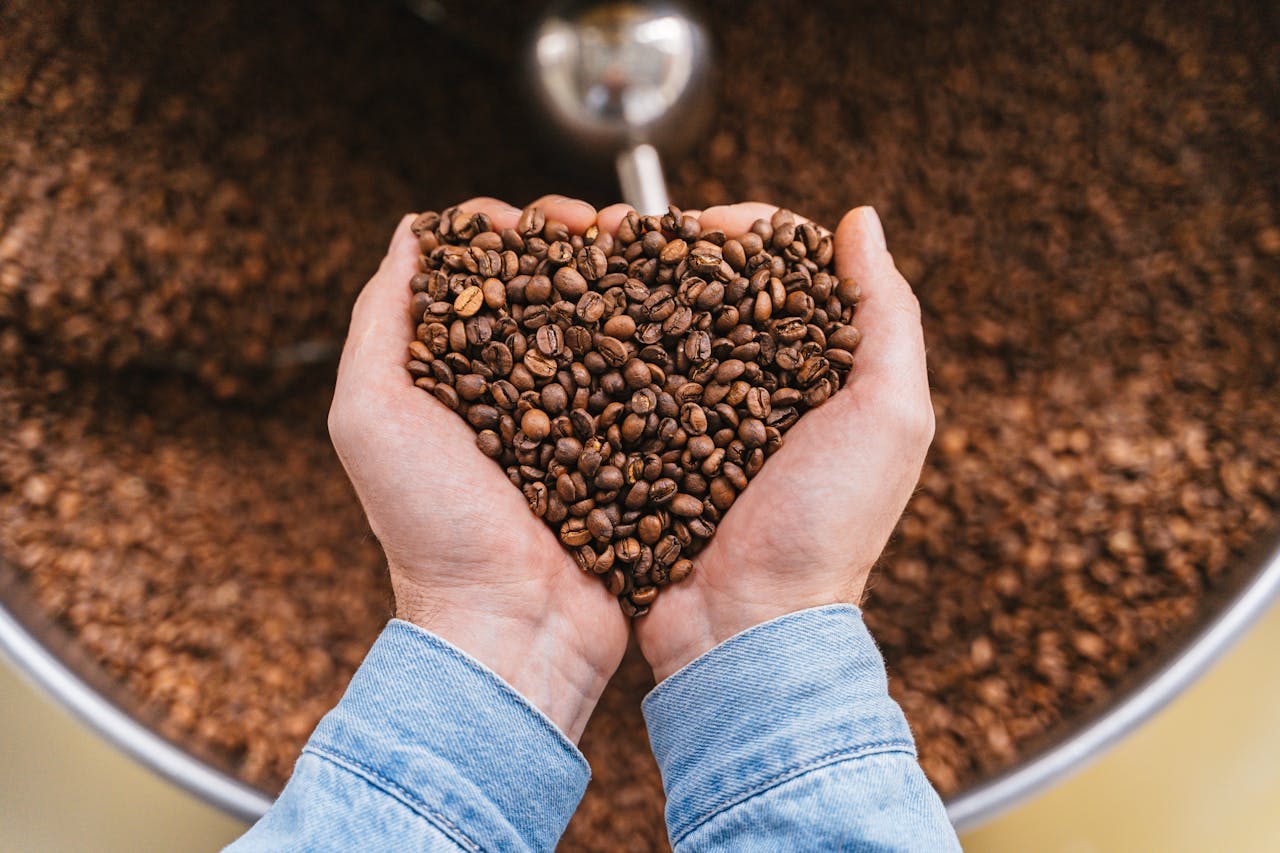13 American Foods That Go by Different Names Overseas
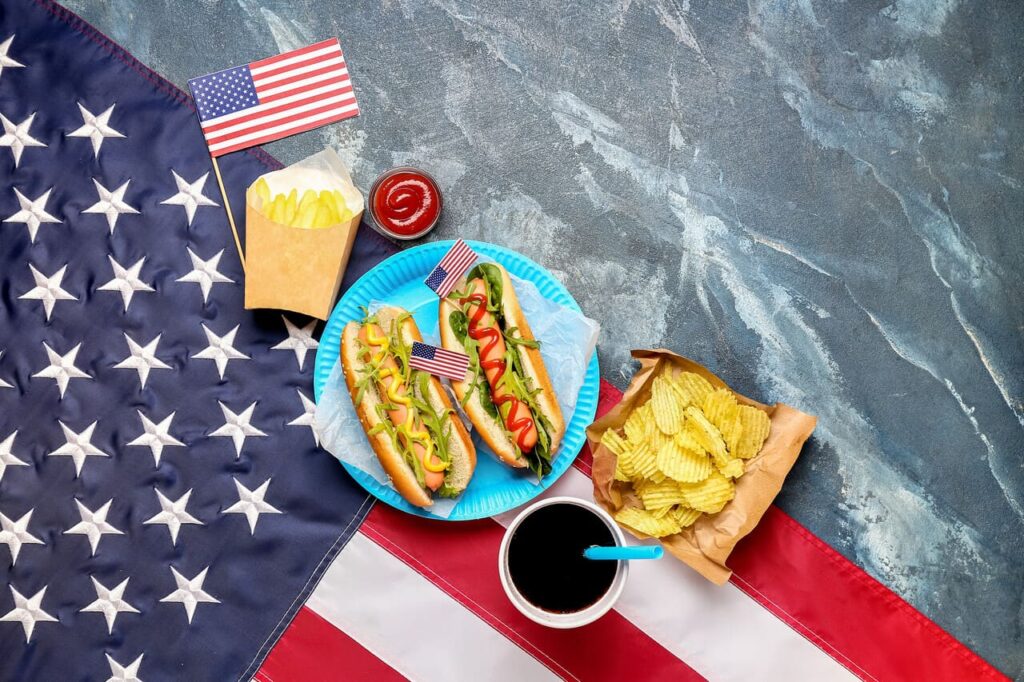
Food is one of those things that instantly shows how cultures differ. What’s called one thing in the United States might have a completely different name overseas, even when the food itself is the same. Sometimes the change is a simple swap, like chips turning into crisps. Other times, the switch is big enough that travelers can get confused at a menu. Knowing these differences not only saves embarrassment but also helps you connect better with locals. Let’s look at 13 American foods that go by different names abroad.
1. French Fries vs. Chips
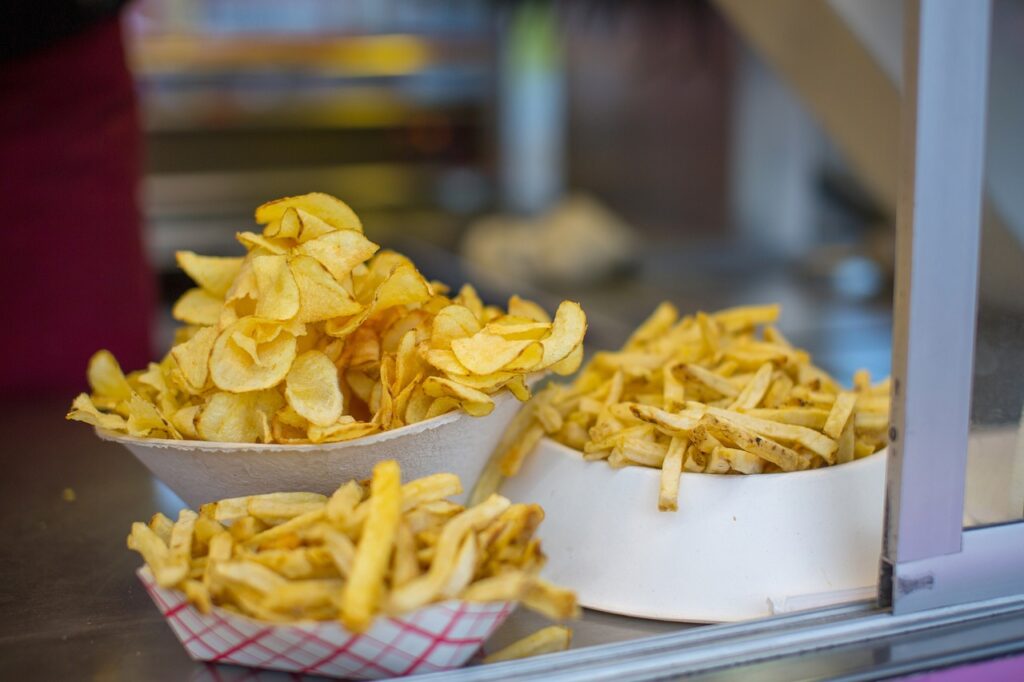
In the U.S., they’re French fries. In the U.K. and much of Europe, they’re chips. What Americans call chips, the British call crisps. This mix-up often surprises travelers ordering at a pub, where asking for chips with your burger will bring thick-cut fries instead of a bag of snacks. The naming difference comes from the way potatoes were sliced and fried historically. The U.S. leaned into the “French” association after Thomas Jefferson reportedly enjoyed them in Paris, while Britain stuck with the more direct “chips.”
2. Cotton Candy vs. Candyfloss

Americans grow up knowing the pastel, sugary cloud at carnivals as cotton candy. Cross the Atlantic, and it’s called candy floss. In Australia, it’s sometimes called fairy floss, which sounds even more whimsical. The treat itself is identical, spun sugar heated and pulled into fine threads. The U.S. name emphasizes its look, while candyfloss highlights its light, stringy texture. Regardless of what it’s called, it’s one of those foods that instantly transports people back to childhood fairs and amusement parks.
3. Zucchini vs. Courgette
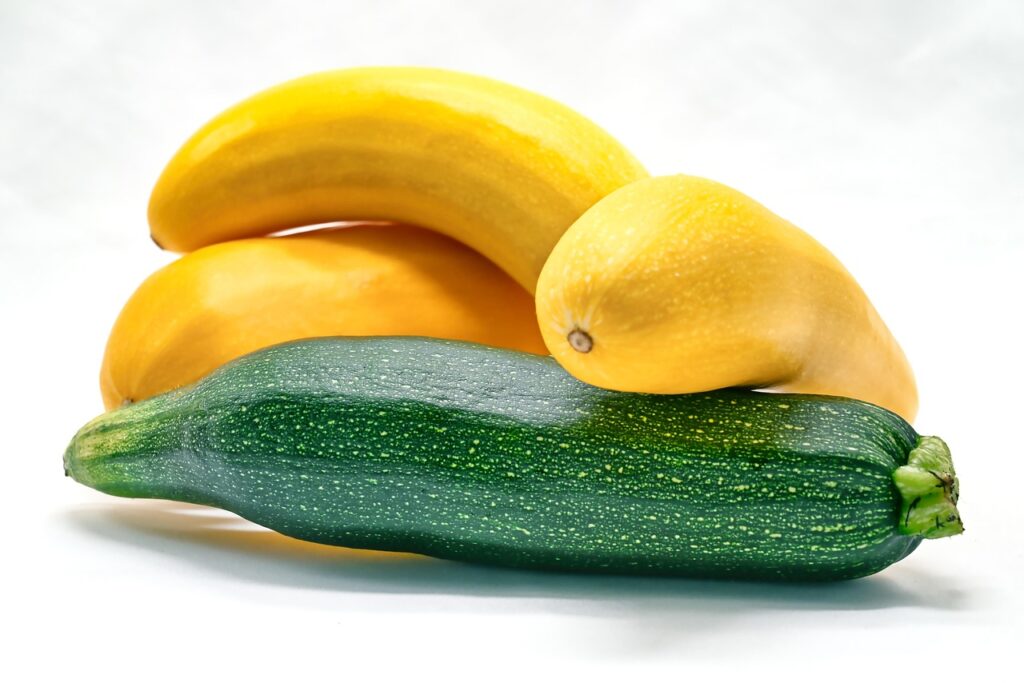
The long green squash Americans call zucchini is known as courgette in the U.K. and most of Europe. Both names trace back to Old World languages: zucchini comes from Italian, courgette from French. While Americans lean Italian, the British adopted the French word. This vegetable often confuses travelers at farmers’ markets abroad, where familiar recipes suddenly seem to need different ingredients. The food is the same, whether sliced into stir-fries or baked into bread, but the vocabulary divides the Atlantic
4. Eggplant vs. Aubergine
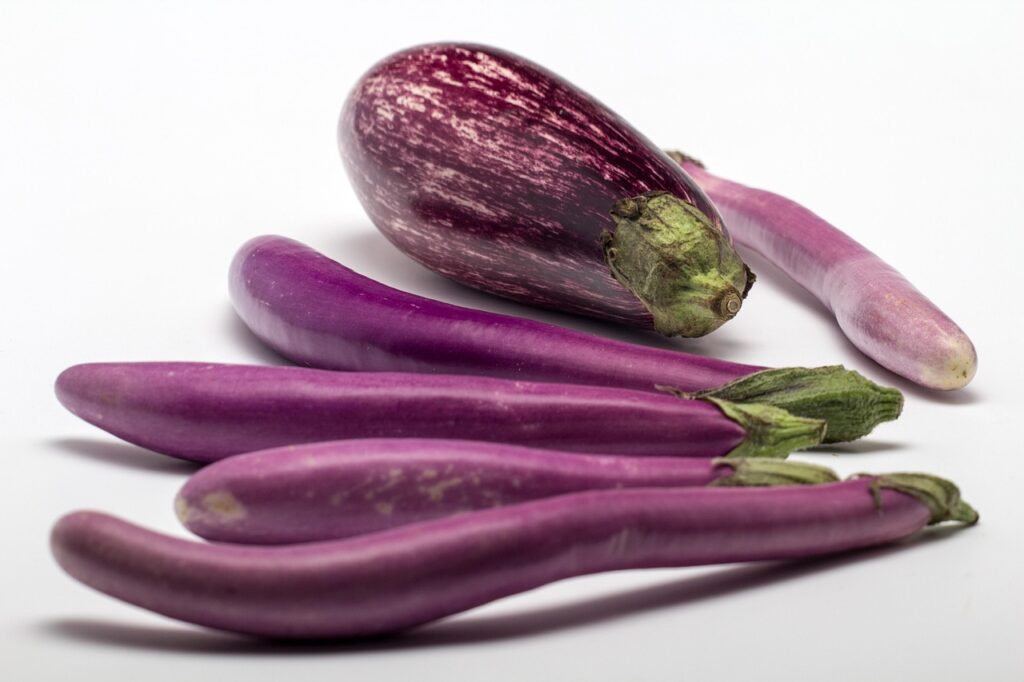
Few food name differences are as striking as eggplant versus aubergine. Americans use “eggplant” because early varieties were white and resembled eggs. The British, however, took the French word aubergine, which originally came from Arabic and Sanskrit roots. The vegetable itself is beloved in Mediterranean and Middle Eastern dishes, from baba ghanoush to moussaka. The naming difference sometimes catches travelers by surprise in cookbooks or menus, but once you know the history, both names make sense in their own way.
5. Cilantro vs. Coriander
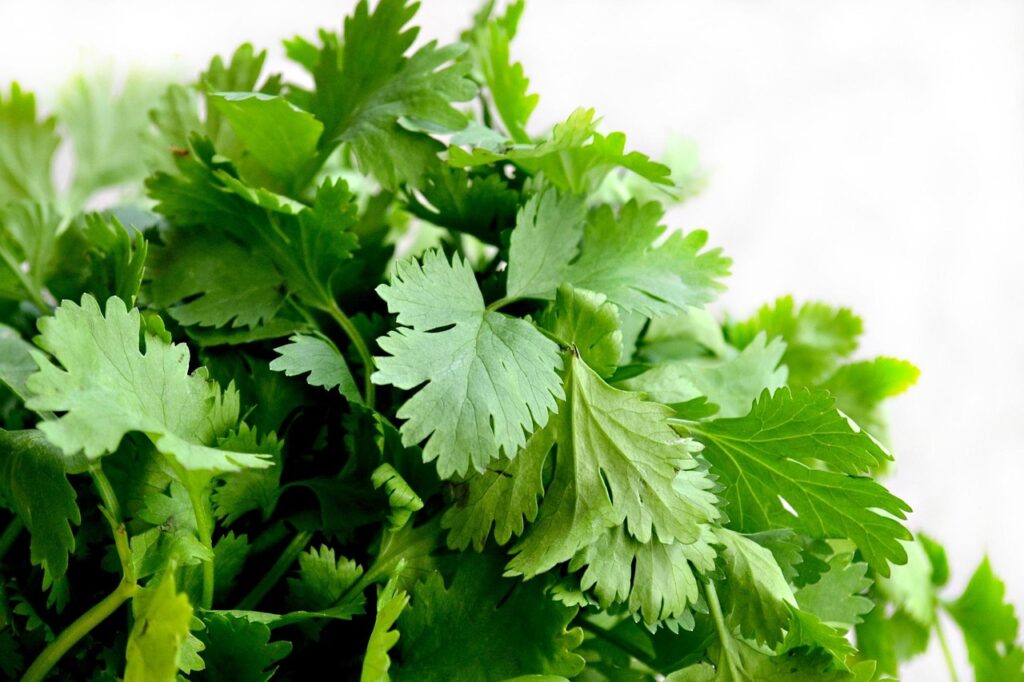
In the U.S., cilantro refers to the fresh leaves of the coriander plant, while coriander is reserved for the dried seeds. Outside America, especially in the U.K., the term coriander covers both. This can cause confusion for home cooks trying international recipes. If a British recipe calls for coriander, it usually means the fresh herb, unless “seeds” is specified. Despite the naming clash, both cultures agree on one thing: cilantro, or coriander, sparks strong opinions. People either love its citrusy bite or find it tastes like soap.
6. Cookies vs. Biscuits

Americans think of biscuits as fluffy, buttery bread served with breakfast. In the U.K., biscuits mean what Americans would call cookies or crackers, depending on the type. The American word “cookie” comes from the Dutch koekje, meaning “little cake,” brought over by settlers. The British stuck with biscuit, rooted in Latin for “twice-baked.” This can lead to funny misunderstandings, since ordering biscuits and gravy in the U.K. would raise eyebrows. Both versions are staples, just with completely different meanings.
7. Arugula vs. Rocket

That peppery salad green Americans call arugula goes by rocket in most of the world. The name rocket comes from the Italian word ruchetta, which morphed through French into English. Arugula also has Italian roots, specifically from southern dialects. Despite two names, the flavor is the same: bold, slightly bitter, and perfect with citrus or Parmesan. Travelers reading European menus often puzzle over rocket salads until they realize it’s just arugula under another name. Either way, it adds punch to otherwise mild greens.
8. Ground Beef vs. Mince
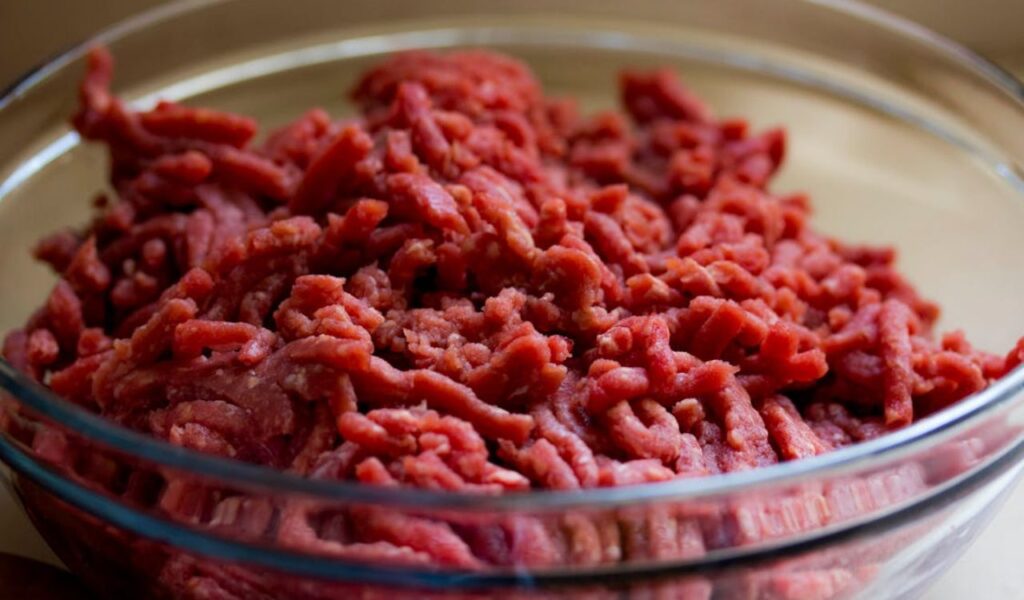
When Americans buy ground beef at the store, people in the U.K. or Australia are more likely to call it mince or minced beef. The term simply describes the preparation: meat that has been finely chopped or passed through a grinder. The U.S. preference for “ground” comes from its descriptive, straightforward style. This difference can be confusing in recipes, where “mince” doesn’t always mean beef-it could also be lamb, pork, or even chicken depending on the context.
9. Jell-O vs. Jelly
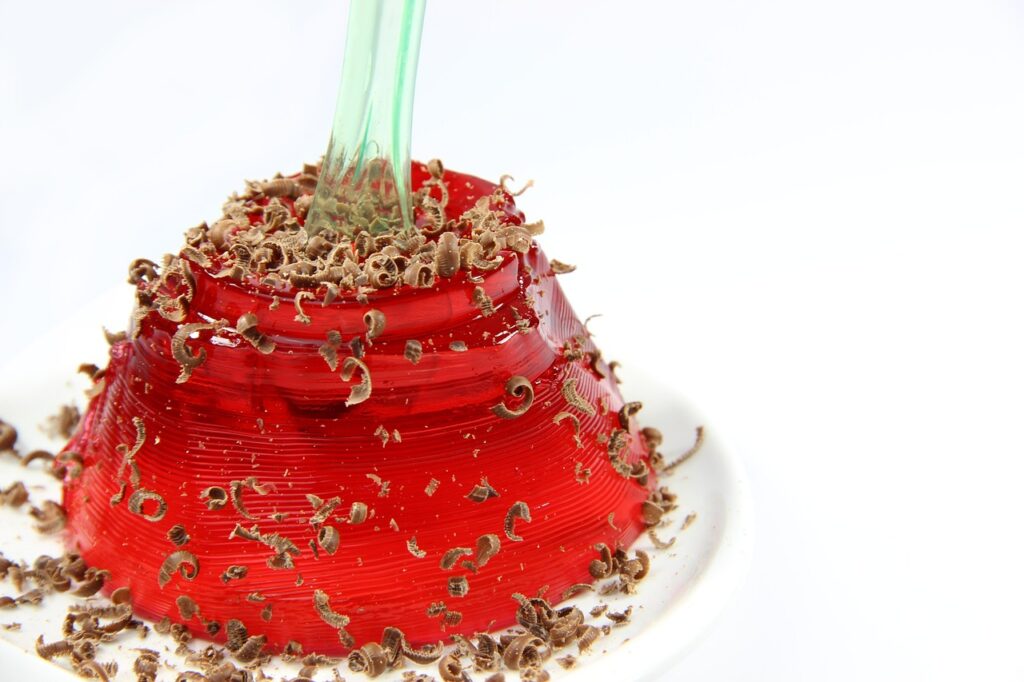
In the U.S., Jell-O is both a brand and the everyday name for flavored gelatin desserts. In the U.K., this same dish is called jelly. Meanwhile, what Americans call jelly, a spread made from fruit juice, the British call jam. The branding influence in the U.S. made Jell-O a generic term, while British English leaned toward the descriptive jelly. Travelers quickly learn that ordering jelly in the U.K. will not get you something to spread on toast, but a wobbly dessert.
10. Popsicle vs. Ice Lolly

Hot summers in America are full of Popsicles, but in the U.K. and Australia, kids reach for ice lollies. Popsicle began as a trademark in the U.S. in the 1920s and became the everyday word, much like Kleenex for tissues. Ice lolly, on the other hand, sticks to a literal description: flavored ice on a stick. The taste is identical, but the name sets apart regional identities. Even today, companies abroad stick with ice lollies rather than Popsicles for frozen treats.
11. Hot Dogs vs. Frankfurters

Americans almost always say hot dog, whether at a baseball game or a backyard barbecue. In parts of Europe, particularly Germany and Austria, the same food is more likely to be called a frankfurter or wiener, named after their cities of origin. The American hot dog evolved as immigrants adapted these sausages into quick, portable meals. The words may differ, but the cultural role is the same: a cheap, satisfying food linked with gatherings, festivals, and sporting events.
12. Shrimp vs. Prawns
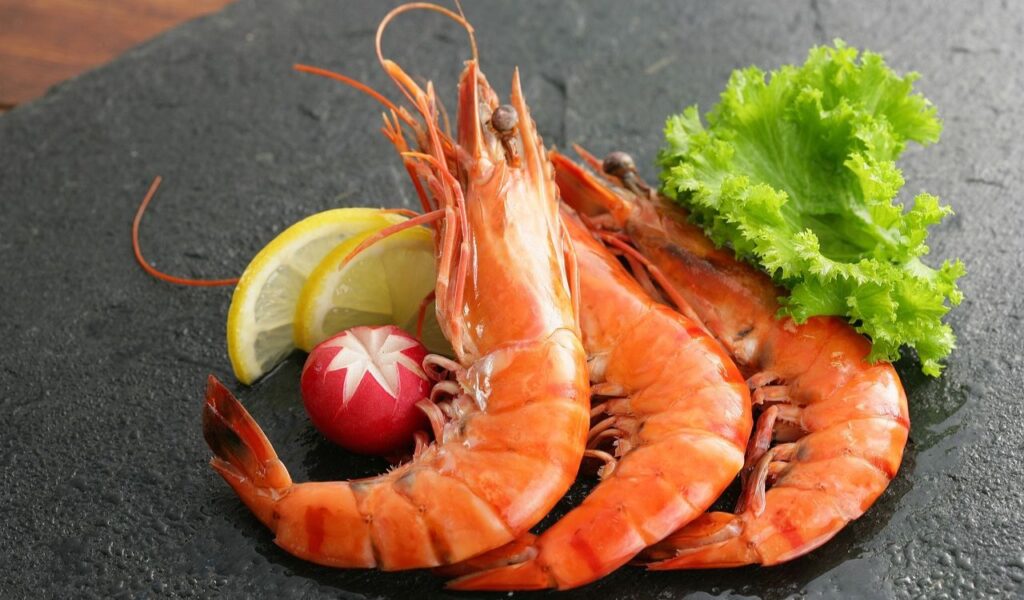
In the U.S., shrimp is the go-to word. In the U.K. and Australia, people often use prawns instead. Biologists will tell you shrimp and prawns are technically different species, but on the plate, they’re interchangeable. This difference often shows up on menus, where American tourists might expect larger prawns but receive what they’d call shrimp. Whether tossed into pasta or fried up for a basket, the names might change, but the seafood dish remains familiar worldwide.
13. Granola vs. Muesli
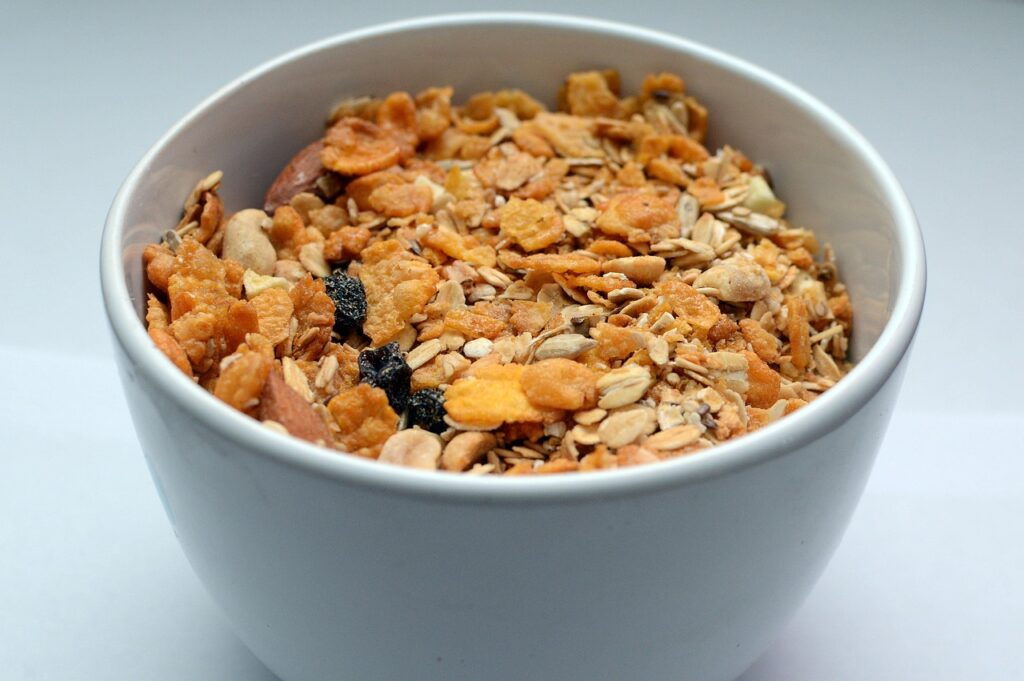
Granola is the American term for a crunchy mix of oats, nuts, and sweeteners baked until crisp. In Europe, a similar breakfast food is often called muesli, though it’s usually unbaked, softer, and sometimes less sweet. The difference in names reflects both style and preparation, though some companies blur the line by selling baked muesli that resembles granola. Travelers might be surprised when ordering muesli abroad to receive a bowl that feels less like a snack and more like a wholesome breakfast staple.


